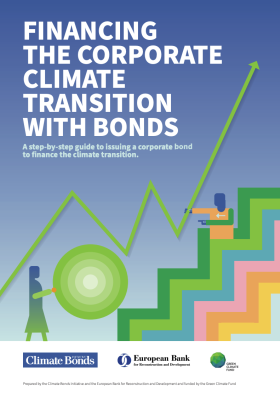The Guide helps corporate issuers to take advantage of sustainable finance markets in advancing the appropriate climate transition journey.
Climate transition finance allows corporates to better manage the risks related to regulatory changes and divestments while allowing them to seize new opportunities and market trends. The global green, sustainability, and sustainability-linked bond (SLBs) market has exhibited year-on-year growth and shown resilience in the current inflationary environment, which reflects the strong demand for these instruments by investors. Cumulative issuance reached USD3.46 trillion during the first half of 2023. Non-financial corporates have priced green bonds with an average deal size of USD200 million over the past five years. In 2022, 78% of SLB volume originated from non-financial corporates with notional volumes mainly within the USD100-500 million range. While the bulk of the issuance comes from most advanced capital markets, the number of deals from middle- and low-income countries such as Brazil, is growing, including from Romania.
Both regulatory and market benefits are emerging. Regulatory changes are a major driver for corporates to accelerate their climate transition and access dedicated financing instruments. The Principles for Responsible Investment (PRI) counted around 900 policy interventions alone. Financial benefits from green issuances have started to emerge with preliminary evidence of higher book cover and spread compression compared to vanilla equivalents in the primary market, on average. Moreover, around 30% of bonds are estimated to obtain a greenium (i.e., the amount by which the yield on a green bond is lower than an otherwise identical conventional bond).
Register for the launch webinar here.
